When I was a kid, I spent a considerable amount of time watching The Mickey Mouse Club on my parents’ TV set, which had a screen that wasn’t all that much bigger than today’s standard IPad.
I started watching the show – broadcast in glorious black and white – during the mid-1950s, just a few months after Disneyland had opened and a few years after Walt Disney had decided to make a foray into television, what was then a relatively new entertainment medium.
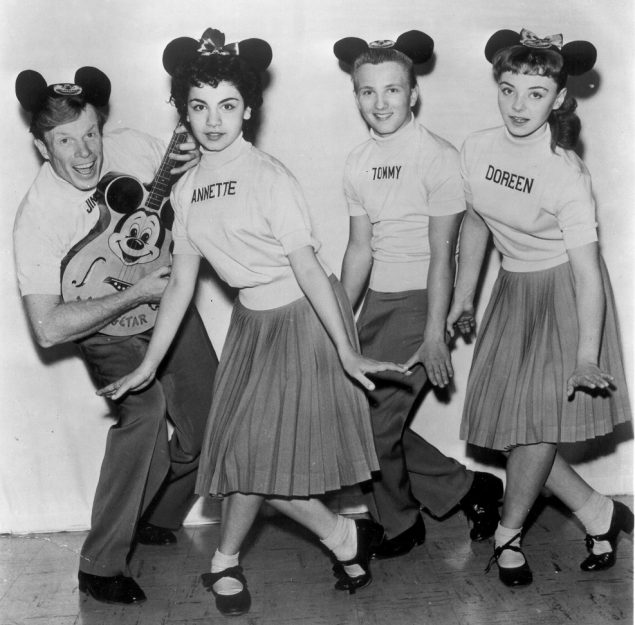
Mickey Mouse was “the leader of the club.” The personable Jimmie Dodd served as the show’s moderator, with a big assist from a Disney artist-turned-trusty-sidekick named Roy Williams.
Dodd, a prolific songwriter, penned the show’s title tune, “The Mickey Mouse Club March.”
Of course, the show also featured The Mouseketeers, the mom-and-apple-pie-loving youngsters who embodied everything Disney hoped to project: Namely, clean-cut, all-American wholesomeness.
MICKEY WAS THE LEADER, BUT ANNETTE WAS THE STAR
Annette Funicello was the unquestioned star of the Mouseketeers. In addition to her girl-next-door appearance, she more than held her own during the singing and dancing segments of the show.
After leaving The Mickey Mouse Club, Walt Disney took Annette under his wing and helped guide her to a successful career as a pop singer and actress. Many of her fellow Mouseketeers also found success in the entertainment industry.
For most older Disney fans like me living on the East Coast, The Mickey Mouse Club, which ran from 1955 to 1959, was an introduction into the wonderful world of Disney.
Years later, we’d carry that love of Disney with us to the 1964-1965 New York World’s Fair, which featured four Disney-created attractions, then on to Walt Disney World in Florida, which opened in 1971.
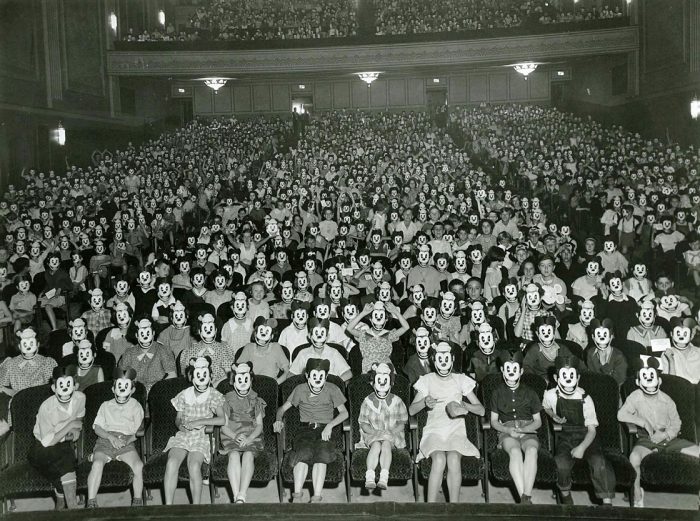
For many Mickey Mouse Club fans, it was a misconception that what we saw on our TV sets in the 1950s was the original Mickey Mouse Club, particularly when several “new” MMC revivals popped up on The Disney Channel decades later.
It turns out that there were scores of Mickey Mouse Clubs located throughout the United States during the 1930s.
Unlike the 1950s, when we could watch the antics of Mickey, his cartoon pals and the Mouseketeers from the comforts of our living rooms, fans of the MMC in the 1930s needed to go to participating movie theaters to enjoy the perks of being club members.
FIRST CLUB MEETING WAS IN CALIFORNIA IN 1930
The first Mickey Mouse Club Show was staged in the Fox Dome Theater in Ocean Park, Calif., a seaside suburb of Los Angeles, on Jan. 11, 1930.
Guests gained admission to the show by becoming members of the club.
According to The Art of Walt Disney’s Mickey Mouse [Jessica Ward/Disney Editions], the Mickey Mouse Club “was an opportunity for local businesses to market their wares.”
“Kids would gather to view the latest Mickey short and they might celebrate a member’s birthday with a cake provided by a local bakery, or head home with buttons, masks, membership cards, and candy donated by sponsors.”
It was a wildly successful format … so much so, that Mickey Mouse Clubs quickly sprang up around the country. By April, 60 theaters from coast to coast hosted Mickey Mouse Club events.
To capitalize on the club’s popularity, Disney published “The Official Bulletin of The Mickey Mouse Club.”

At its peak, there were more than 1 million members of the Mickey Mouse Club and its popularity spread overseas: In 1933, Darington’s Arcade Cinema in Great Britain hosted Mickey.
In 1935, however, Disney decided to cancel the Mickey Mouse Club Shows.
But two decades later, on Oct. 3, 1955, Walt Disney – never one to give up on a good idea – brought The Mickey Mouse Club to television audiences around the country.
By the mid-1950s, many of the youngsters who were in attendance at the theatrical shows in the 1930s now had kids of their own … meaning a new generation would get hooked on Mickey Mouse and the ever-expanding world of Disney.


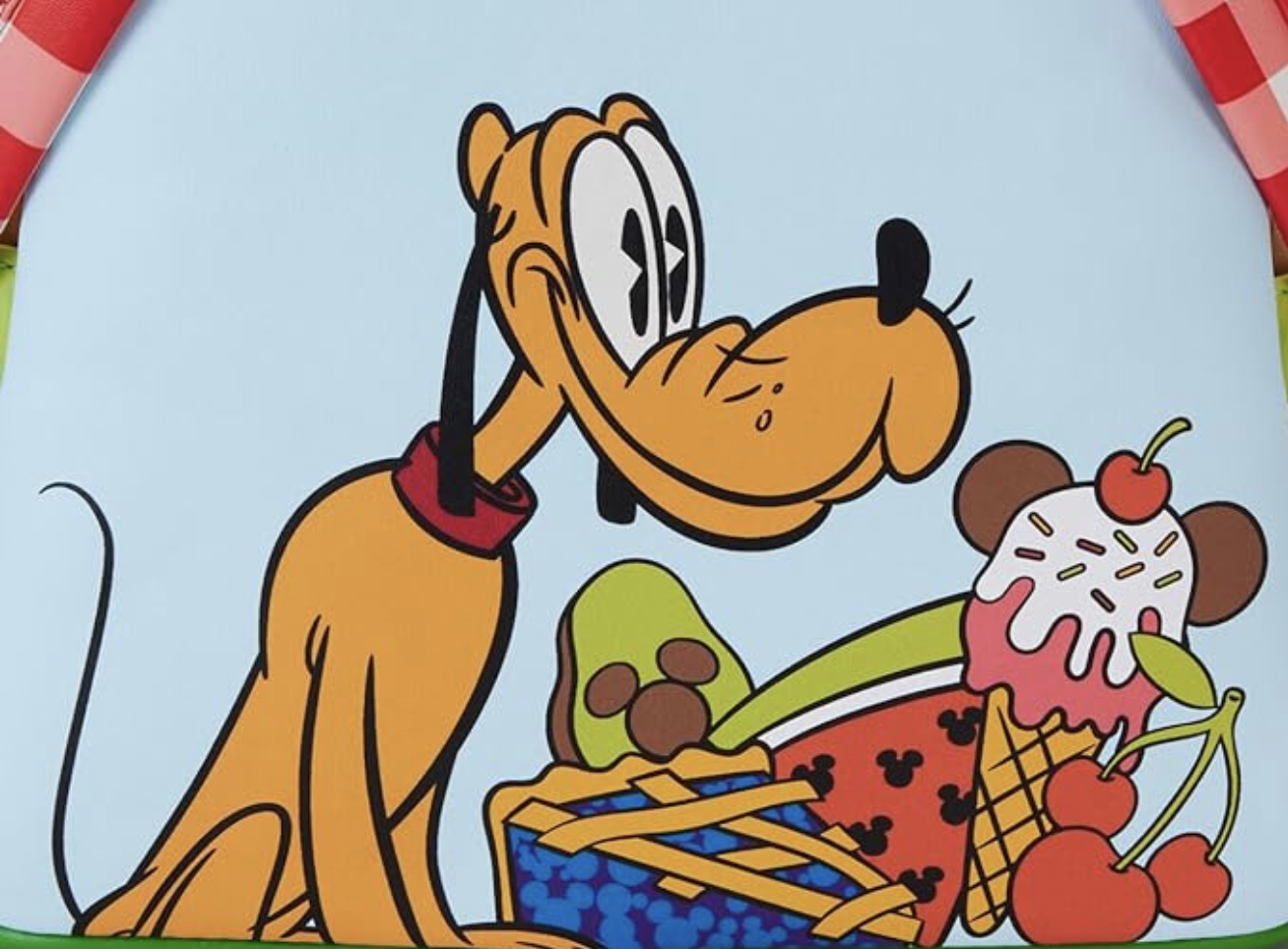

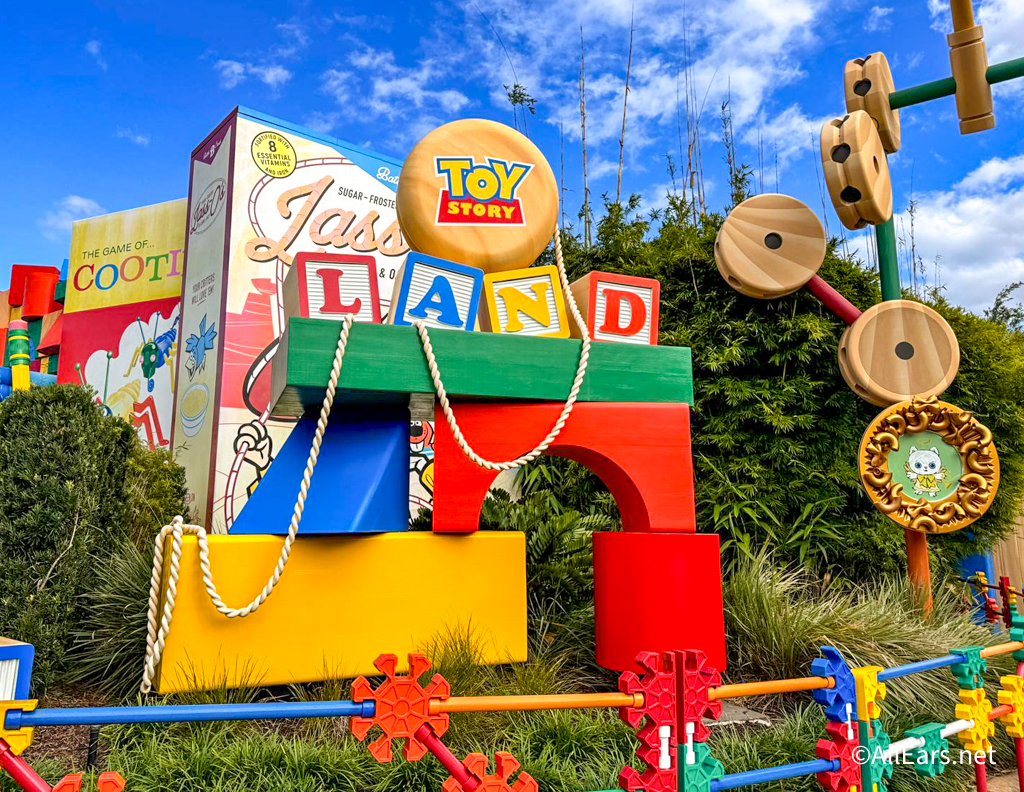

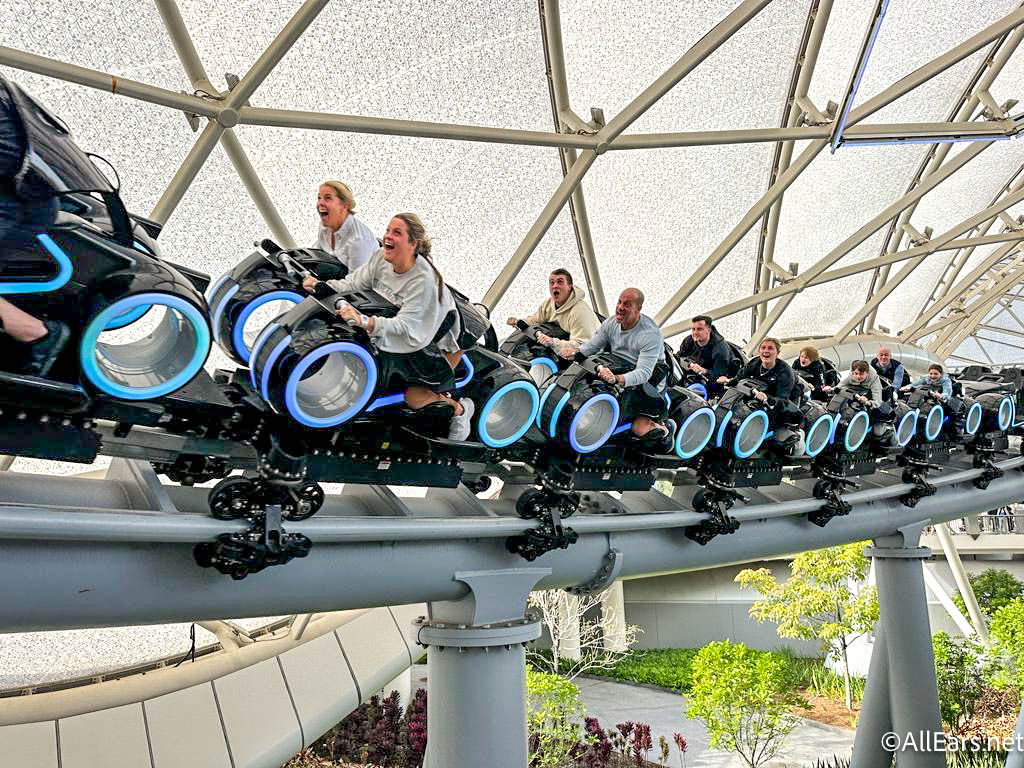
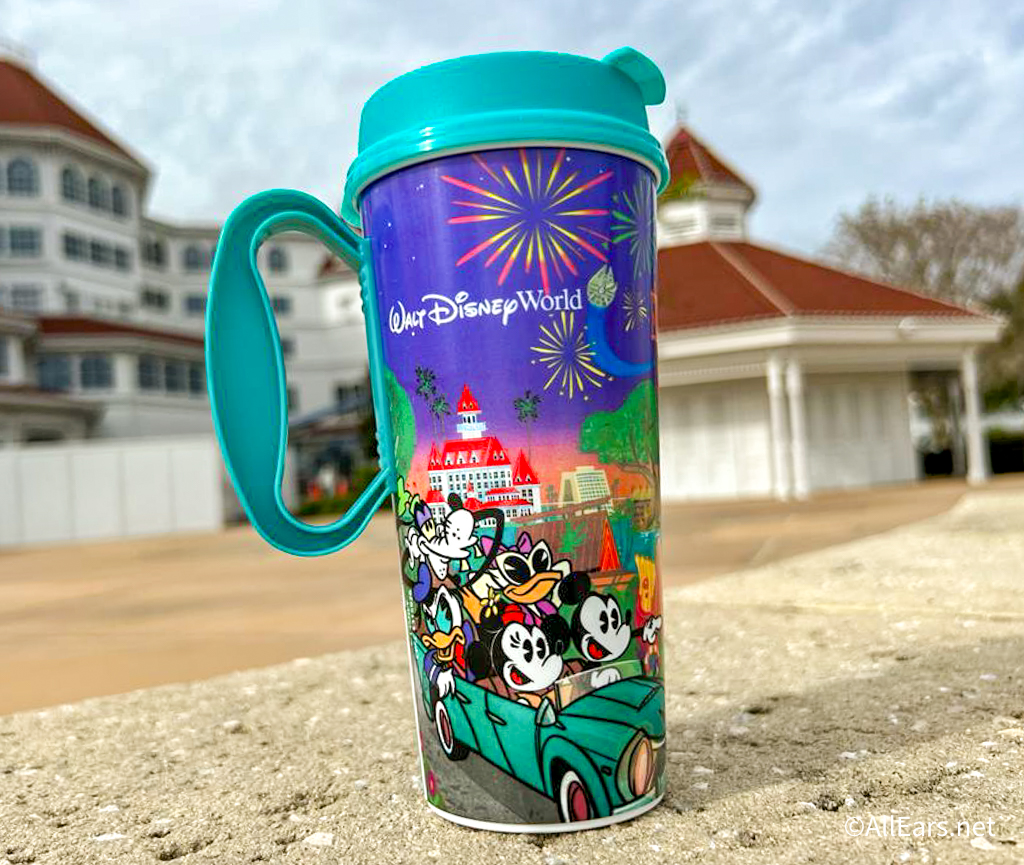
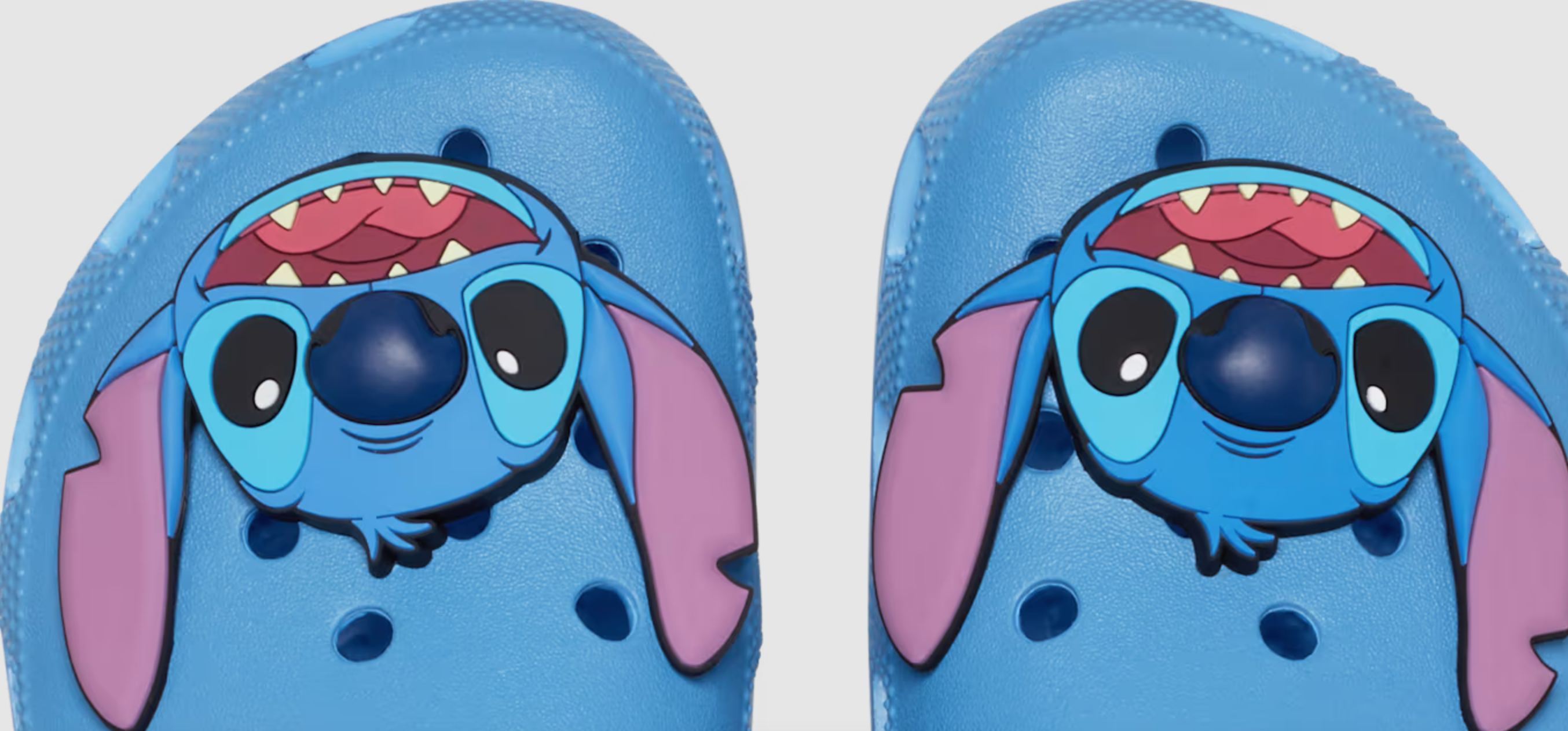
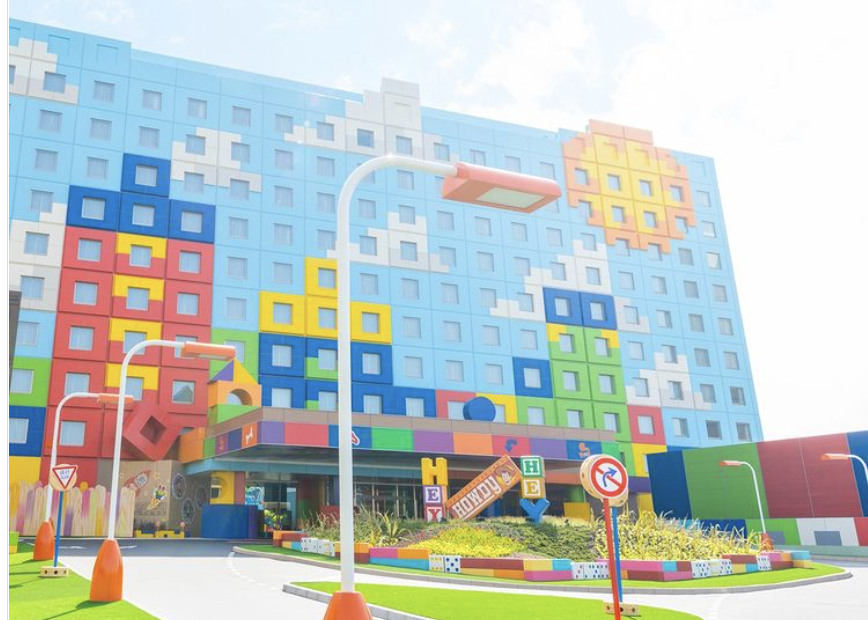

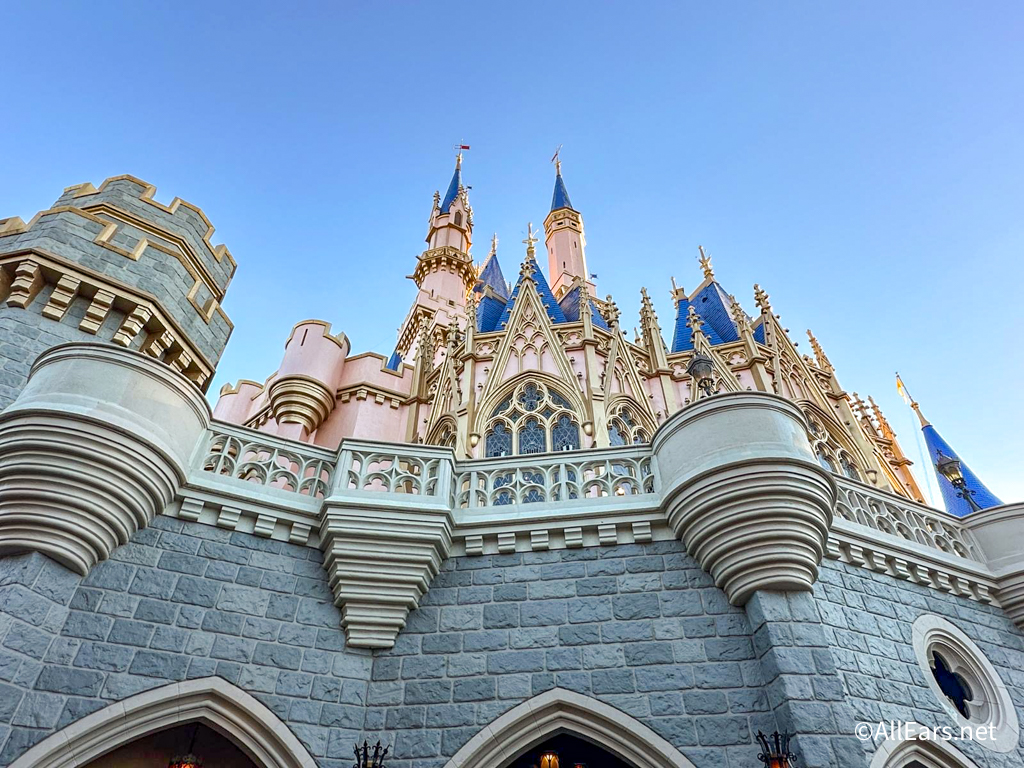
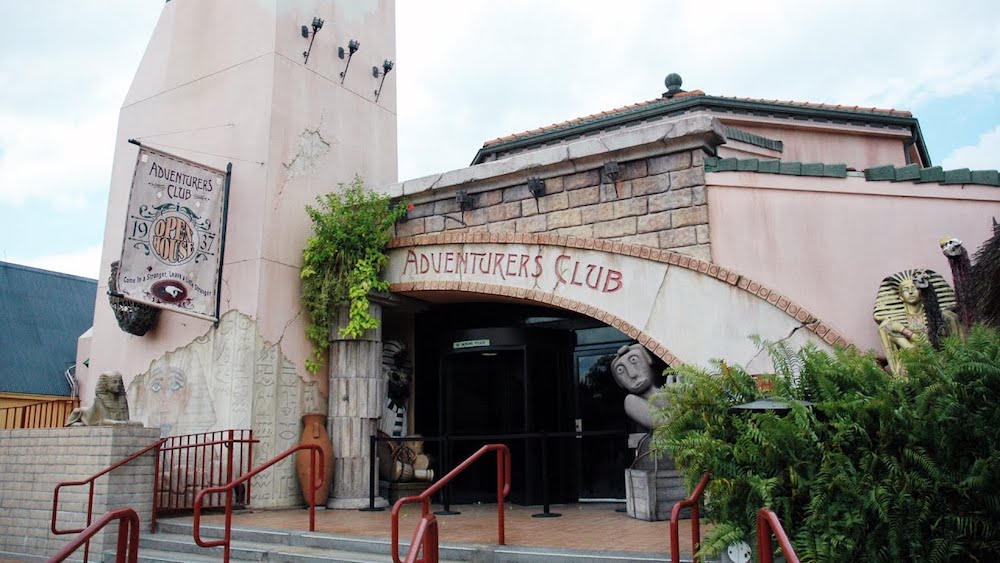

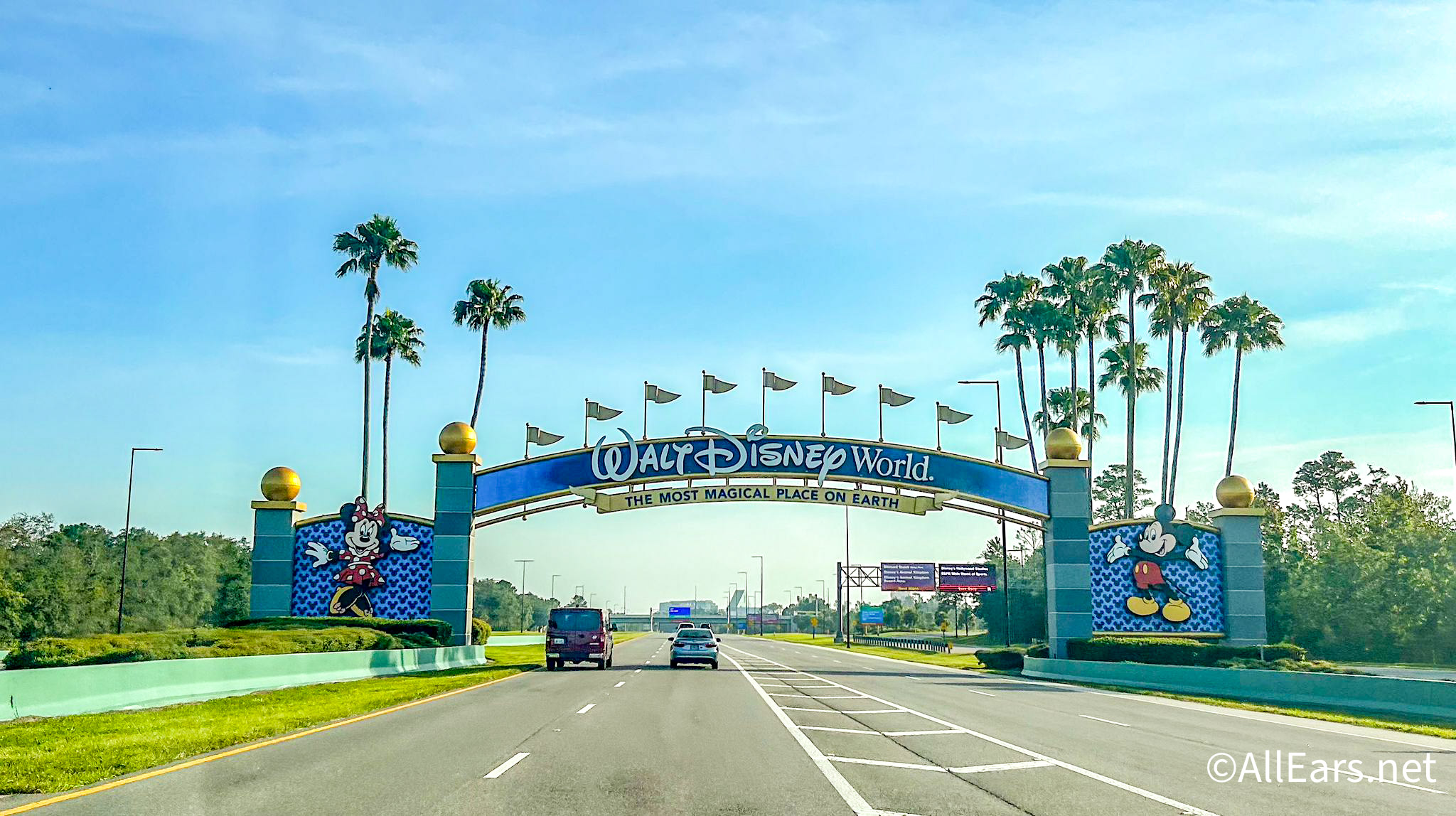
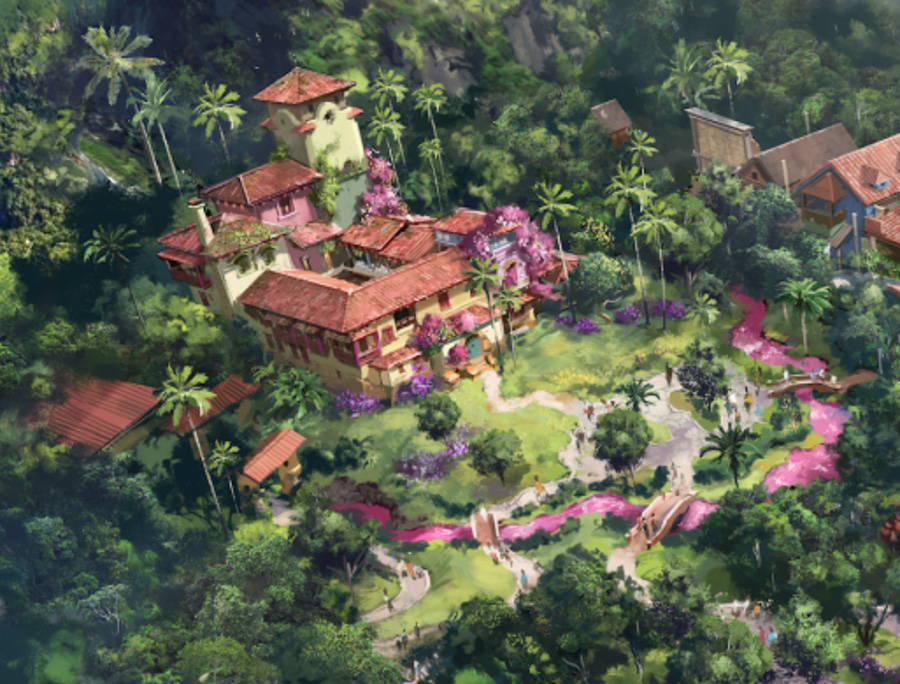
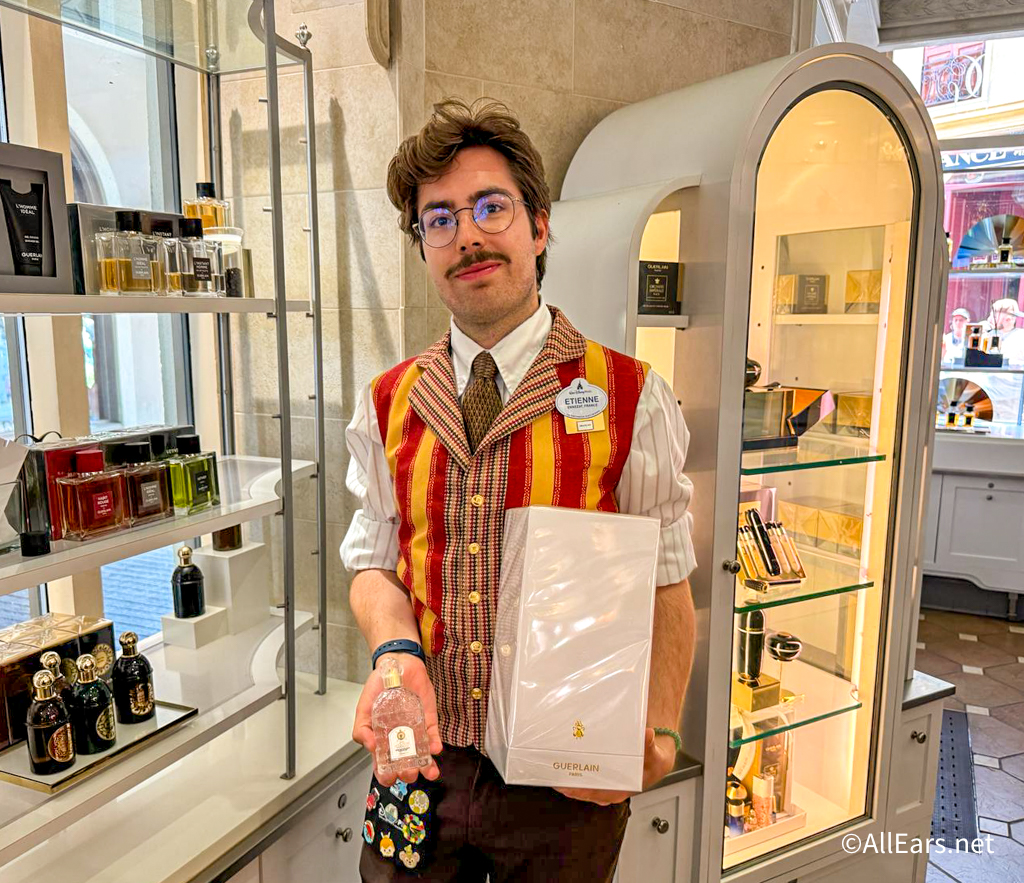
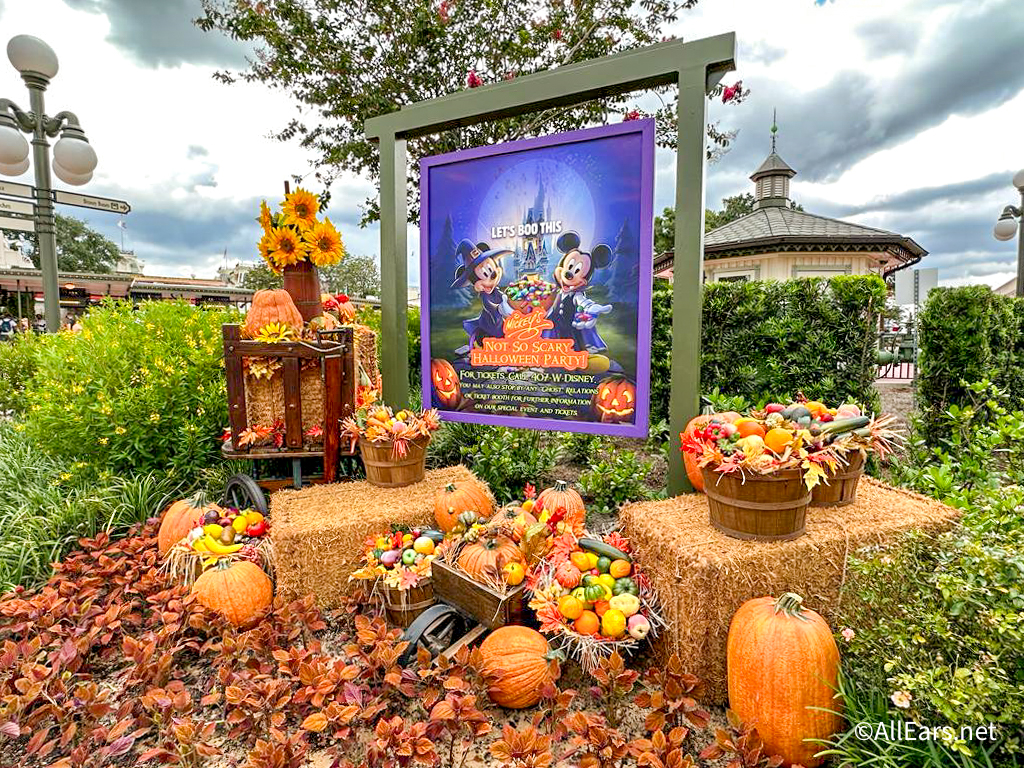
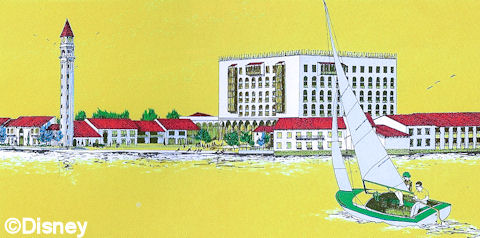

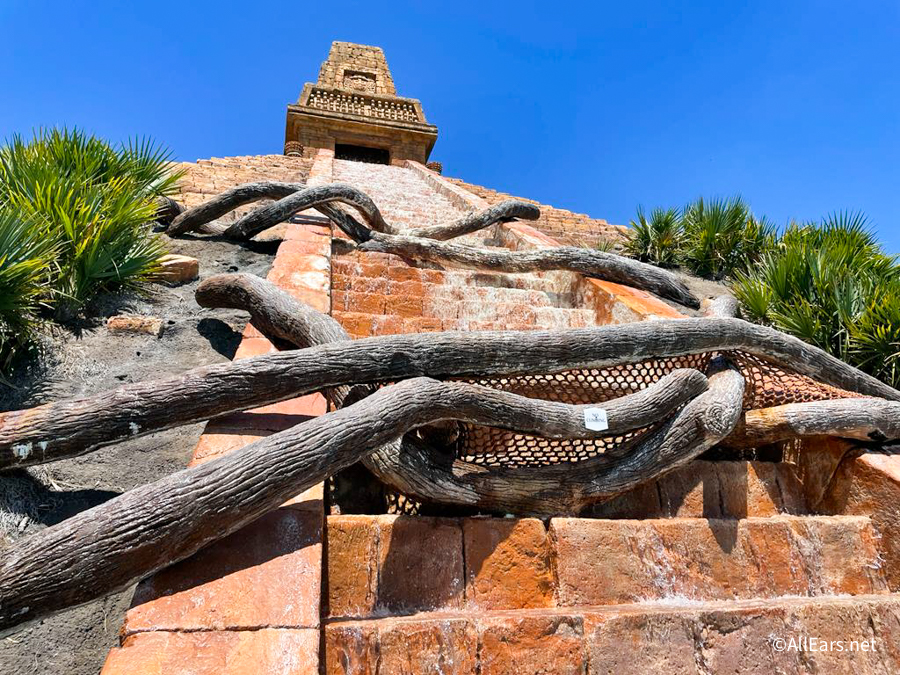
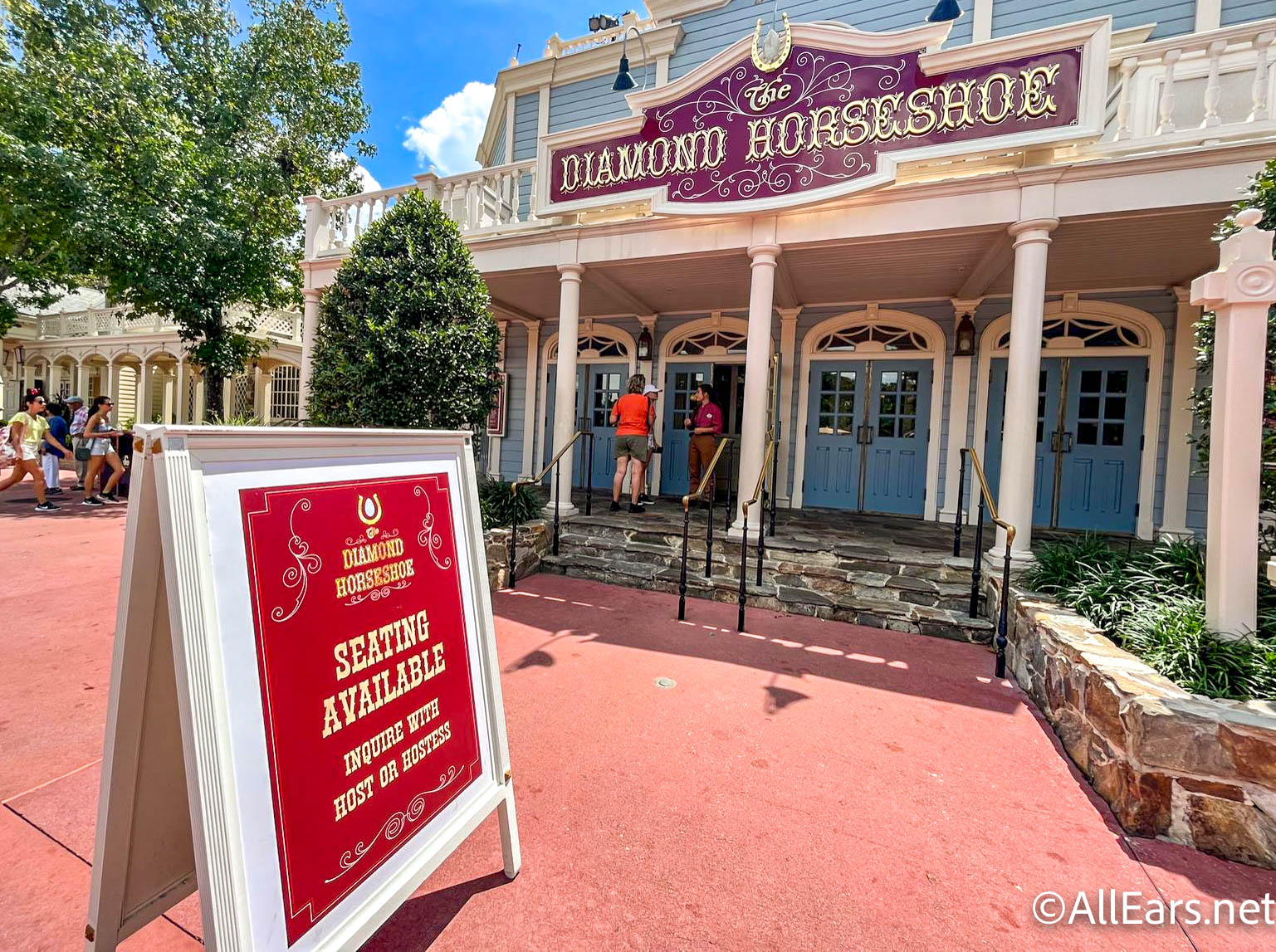

I either called or e-mailed Annette either in 08 or 09 to ask her to get in touch with my aunt who had MS. Annette had MS also and I was wanting her to help cheer up my aunt. I do not know if she did or not though. Gary